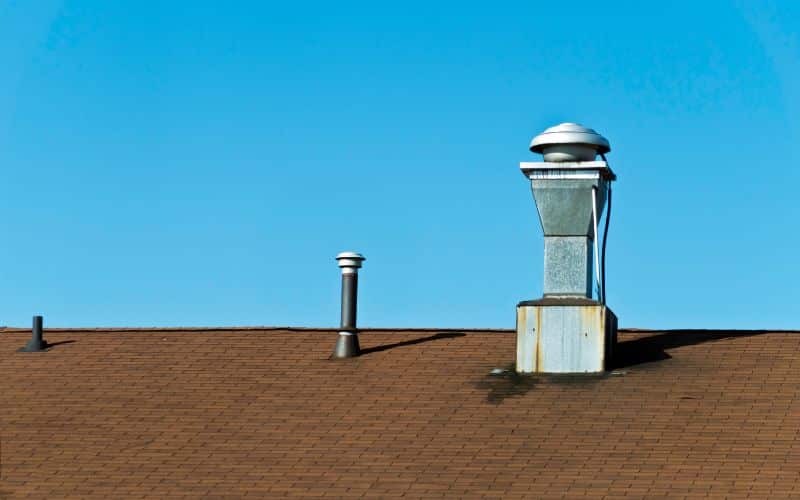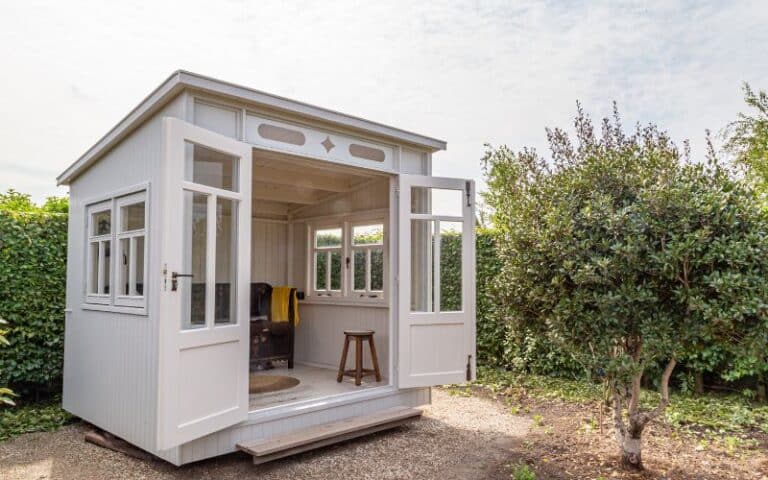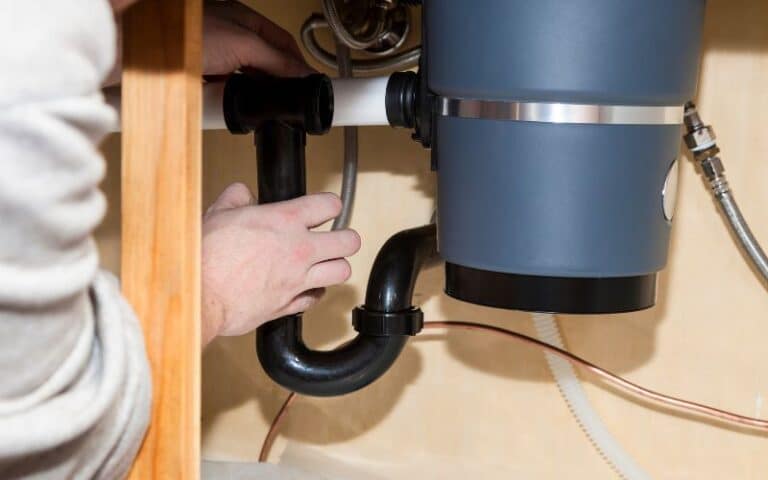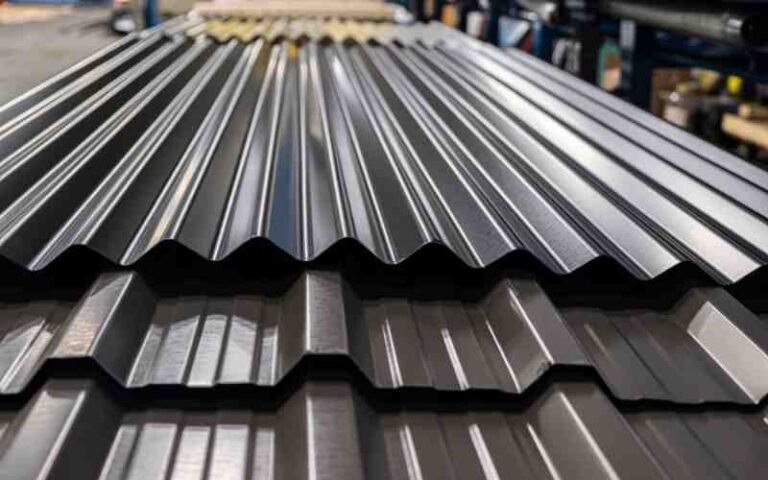Many older homes do not have sufficient ventilation, a problem in many climates. Ventilation helps keep the roof dry and prevents ice dams in the cold.
So, installing a roof vent cap is often necessary, which is where the roof cap is attached.
A vent cap is necessary on all roofs to avoid building up unwanted things such as smoke, chemicals, grease, and dirt in the attic. However, it also protects against the entrance of small animals such as birds and bats into the vent or some large debris covering it.
Ready for a Roofing Quiz?
What Is a Roof Cap?

A roof cap vent is an accessory attached to the end of the ventilation duct, which is part of mechanical ventilation ( VMC ).
It sits on the roof, above the tiles, on which it must rest without damaging the seal. Its purpose is to prevent bad weather or debris from entering the duct and damaging the VMC.
Besides, some roof caps are for exhaust and air intake, for double-flow CMVs, for example. You can also use a socket tile that performs the same function.
One of the excellent approaches to maintaining clean and fresh air is ventilation.
It’s just incredible how something as simple as proper ventilation can have such a significant impact on your health and house.
Roof ventilation is a common choice for many structures, including homes, hotels, offices, or industries. Moreover, roof vents are available in a variety of sizes and materials.
Note: Roof vent caps are placed at the roof outlet to ventilate the wastewater and valve waterfalls to avoid bad smells from the all-water pits.
How to Install Vent Cap on Roof?
Before installing a vent cap on your roof, let’s dwell on how to install the roof vent itself. First, you are to equip yourself with adequate protective equipment.
Then, clear the tiles located at the chosen location and proceed as follows:
- Fix the anchor to the frame, then replace the tiles by shaping the collar or skirt (tightness of the cap ) according to the lower tile to guarantee its juxtaposition with the upper tile.
- Check if the cap is orthogonal to the roof and if its apex parallels the slope.
- Connect the device (at its base) to the top of the VMC pipe.
Note: Avoid placing a roof and ventilation cap on the same roof section. Similarly, follow the instructions accompanying the product in all cases.
Furthermore, if you walk on the top yourself, don’t forget to wear the necessary personal protective equipment (mainly the safety harness).
According to the principle of natural wind and thermal pressure difference, the hood can generate air in the exhaust duct under high-speed rotation so that the exhaust duct outlet becomes a local negative pressure, enhancing the discharge effect.
Therefore, follow the following instructions to install a vent cap on the roof properly:
- Use a 10mm wire to connect the lugs and connect them to the metal body screws of the hood, and use 16mm for large ones.
- Connect to the corresponding lighting rod or lightning strip on the roof.
- Check the connection resistance and the grounding state of the lightning protection system.
- It must go through the lower lead of the lightning rod.
- If the hood is under the 45° coverage of the lightning rod, then you are expected to do nothing.
Note: Avoid putting them on the same roof section if you need a ventilation cap and a roof cap for an air intake or a kitchen hood outlet.
What Is The Purpose of a Vent Cap on Roof?
A vent cap roof is installed on roofs to allow the air inside your home to pass to prevent mold, smoke, or foul odors. Furthermore, they adapt to any type of coverage and are quick to implement.
The PVC ventilation cap with a lead band in slate grey is resistant to UV, weather, and extreme temperature variations
. Above all, the primary purpose of the plumbing vent cap is to optimize airflow under the roof.
Roof ridge vents provide the continuous ventilation needed for energy-efficient residential attic spaces.
Air conditioning flows from the home through the floor and into the attic. Since the less dense hot air rises, it rises and exits the top.
Unfortunately, the rising air doesn’t leave or come out unless a new perspective comes in. Installing plumbing vent cap and soffit vents under the eaves helps with airflow.
Ridge vents usually have a baffle to resist wet or windy weather. High-performance products may have internal weather filters.
The drier will be under the roof and in the attic. Attic temperatures vary, and reaching high temperatures can damage items in the attic.
On-home cooling systems are unreasonable, resulting in increased energy bills.
Moreover, air renewal inside a dwelling is essential to avoid condensation, humidity, mold, or bad smells.
It also makes it possible to reduce invisible indoor pollution, such as that released by certain paints or furniture glues, also called VOCs, which can harm the body in the long run.
The roof caps allow, while remaining perfectly waterproof, to camouflage the outlets of the ventilation pipes.
When to Use a Cap For Roof Vents?
Using a roof vent cap depends on the exterior design of the roof and the quantity of exhaust ventilation required for the attic space.
Therefore many homes nowadays can be said to be candidates for this. Moreover, houses with ample vents are preferable to their counterparts.
However, you aren’t to rely on vents only when your attic is complete, and you would need a mechanical method of exhausting heat.
Therefore, consult a professional roofer to know how large the system should be to create the airflow necessary to keep your attic as fantastic as possible.
Do I Need a Cap For My Roof Vents?
Because of its benefits, a vents cap becomes a necessary feature to add to your roof. It helps moderate the overall temperature of your home and increases its energy efficiency.
Besides, having an adequate circulation of air at the top makes life prolonged. You need a vent cap system because:
- It makes the temperature of a building moderate.
- It prevents small animals and birds from entering the roof’s attic.
- Allows the circulation of natural air.
- Improve the quality of air inside your home.
- There is no risk of mechanical or electrical failures.
- Lastly, roof vents are pleasing.
In addition, a building that with ventilation tends to provide the right amount of airflow, heat, and excellent and can protect moisture more efficiently.
Plumbing vent caps provide airflow under the roof, keeping the attic space ventilated.
There must be a balance between incoming and outgoing airflow for a ventilation system to function correctly.
Conclusion
When a house, office, or any other type of building has a proper roof ventilation system, you can save time, effort, and money.
Therefore, don’t overlook this simple feature, it can make all the difference by providing enough airflow under the roof and keeping the attic space ventilated.






